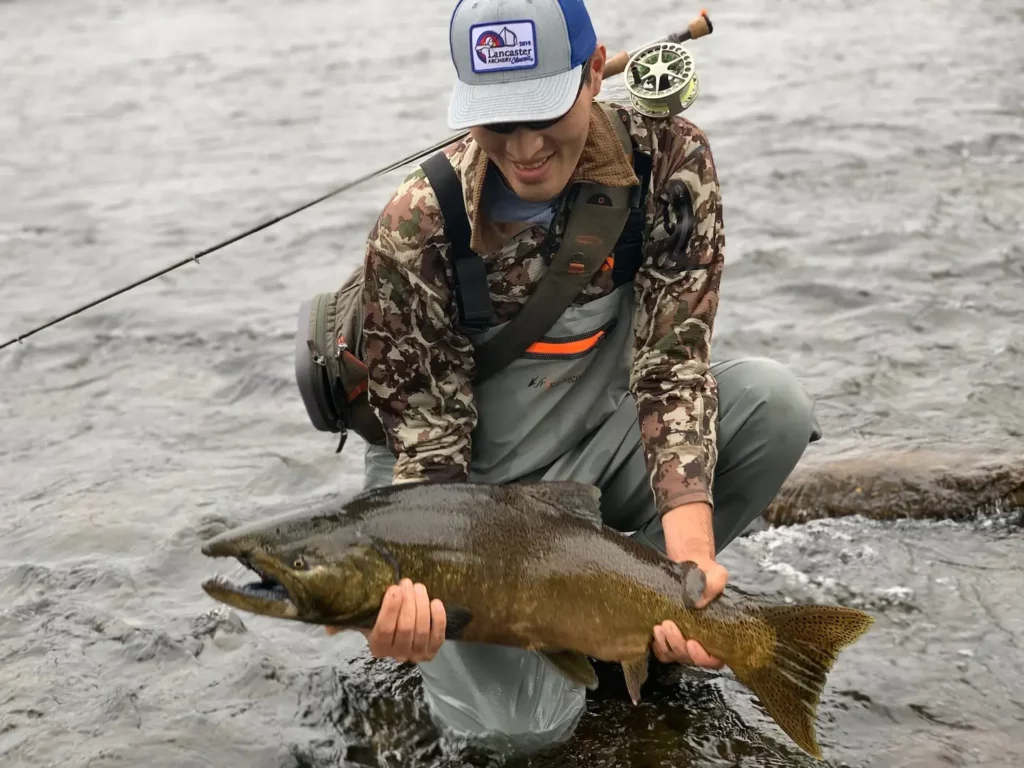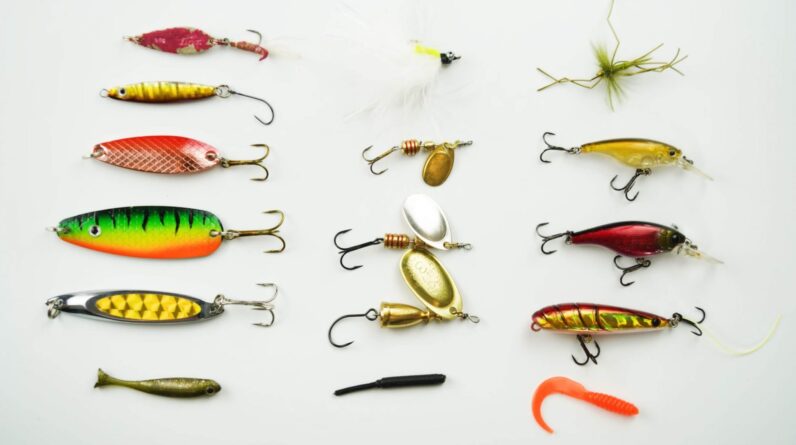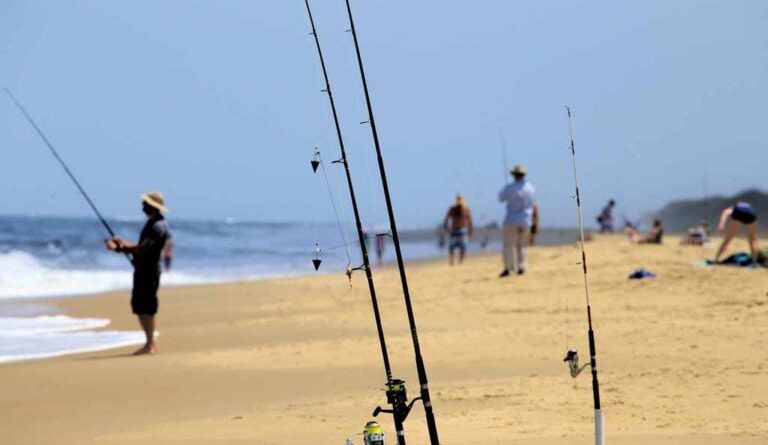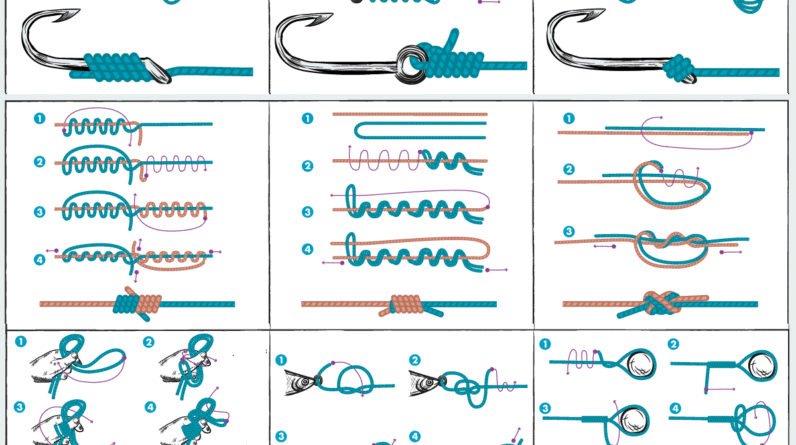Fishing is more than just a hobby; it’s a passion that connects individuals with nature. As any avid angler knows, having the right gear can make or break your fishing experience. When it comes to fishing in watery environments, investing in quality waders is essential. In this guide, we’ll explore the world of waders for fishing, covering everything from types and materials to choosing the perfect pair for your angling adventures.

Types of Waders
1. Bootfoot Waders
Bootfoot waders come with integrated boots, offering convenience and ease of use. These waders are a great choice for those who prefer a hassle-free experience, especially in muddy or rocky terrains. They provide better insulation and are easy to put on and take off.
2. Stockingfoot Waders
Unlike bootfoot waders, stockingfoot waders require separate wading boots. These waders provide a more customizable fit as anglers can choose boots based on their preferences. Stockingfoot waders are popular among fly anglers for their versatility and comfort.
3. Chest Waders
Chest waders, as the name suggests, extend up to the chest, providing maximum coverage and protection. These waders are suitable for deeper waters, ensuring that you stay dry even in challenging conditions. Chest waders are favored by anglers who venture into rivers and streams.
4. Waist-High Waders
For shallower waters, waist-high waders are the go-to choice. They offer freedom of movement while keeping the upper body dry. Waist-high waders are ideal for warmer weather or when you don’t need the extensive coverage provided by chest waders.
Materials Matter
Waders are crafted from various materials, each offering unique benefits. The two main types of materials used in waders are:
1. Neoprene
Neoprene waders excel in providing insulation, making them perfect for cold-water fishing. They are durable, flexible, and offer excellent buoyancy. Neoprene waders are a favorite among anglers who fish in colder climates.
2. Breathable Fabrics
Breathable waders, often made from Gore-Tex or similar materials, prioritize comfort and ventilation. These waders are suitable for warmer weather, preventing anglers from overheating during long fishing sessions. Breathable waders are lightweight and allow moisture to escape, keeping you dry from both outside and inside.
Choosing the Right Size
Selecting the correct size is crucial for the effectiveness and comfort of your waders. Too tight, and you’ll restrict movement; too loose, and water may find its way in. Pay attention to the manufacturer’s sizing guide, considering factors like your regular shoe size and additional layers you might wear in colder weather.
Maintenance Tips
To ensure the longevity of your waders, proper maintenance is essential. Here are some tips:
- Rinse after Use: Always rinse your waders with fresh water after use to remove salt, dirt, and other debris.
- Avoid Direct Sunlight: Prolonged exposure to direct sunlight can damage the fabric. Store your waders in a cool, dry place.
- Patch Small Holes Promptly: Address any small punctures or holes immediately to prevent further damage.
FAQs
Are Breathable Waders Suitable For Cold Weather?
Absolutely! Breathable waders with proper insulation keep you warm even in chilly conditions, providing comfort without compromising on functionality.
Can I Use Chest Waders For Fly Fishing?
Yes, chest waders are excellent for fly fishing, offering full-body coverage and flexibility crucial for this angling technique.
How Do I Patch A Leak In My Waders?
Use a reliable wader repair kit, following the instructions to patch leaks effectively. Quick fixes ensure you can continue enjoying your fishing trips.
What’s The Ideal Boot Size For Waders?
Choose a boot size slightly larger than your regular size to accommodate thick socks and ensure a comfortable fit, especially during extended use.
Do Neoprene Waders Require Special Care?
While durable, neoprene waders benefit from regular rinsing and proper storage to maintain their flexibility and extend their lifespan.
Can I Wear Chest Waders In Warmer Weather?
Yes, many chest waders feature breathable materials suitable for warmer conditions, providing comfort without overheating.
Conclusion
Investing in quality waders is an investment in your fishing experience. Whether you’re exploring rivers, lakes, or coastal waters, choosing the right waders can enhance your comfort and protection. Remember to consider the type, material, and size that aligns with your fishing preferences.






